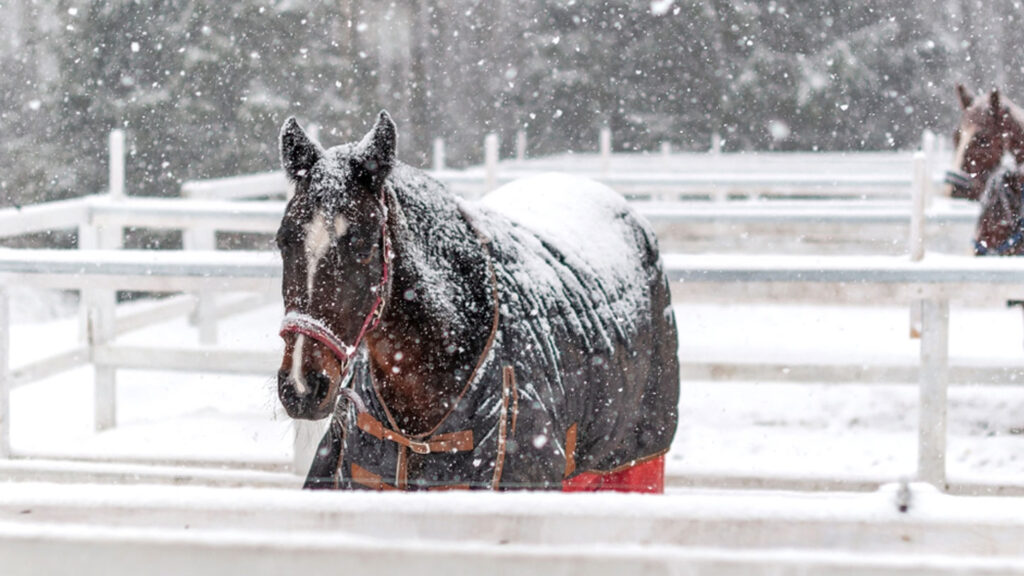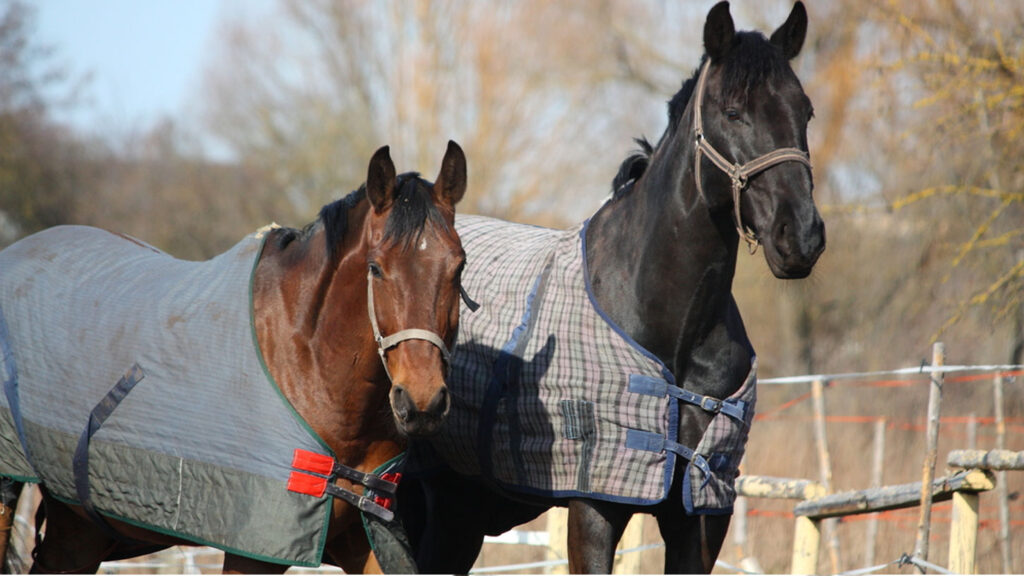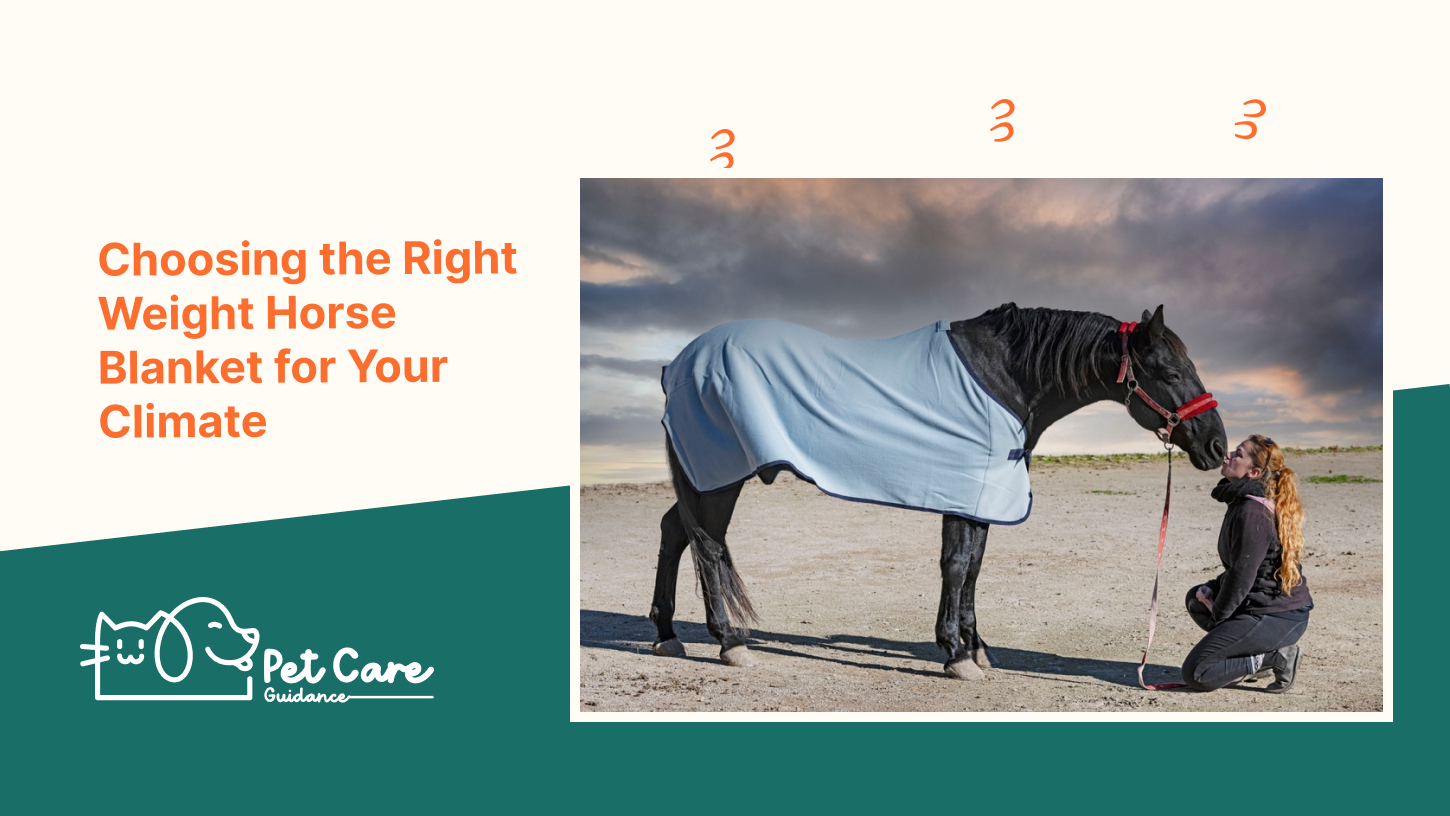Choosing the right weight horse blanket for your climate is essential in providing your horse with proper protection and comfort. The weight of the blanket should correspond with the temperature and weather conditions to ensure that your horse stays warm without overheating.
Best Horse Blankets For Different Climates
| Factors to consider when choosing a horse blanket |
|---|
|
Understanding the climate your horse will be in is crucial when choosing the right weight horse blanket. Different climates require different weights and types of blankets to ensure your horse’s comfort and well-being. |
|
In colder climates, a heavier horse blanket with more fiberfill is recommended to provide the necessary warmth. Look for blankets with higher denier ratings and potential liners for added insulation. |
|
On the other hand, in milder climates, a lightweight or medium weight blanket may be sufficient. These blankets still offer protection against the elements without causing overheating. |
|
Factors such as your horse’s natural coat thickness and whether they are body clipped should also be taken into account. A horse with a thick winter coat may require a lighter blanket, while a body clipped horse may need a heavier one. |
|
Ultimately, it’s important to consider the specific needs of your horse and the climate they will be in when selecting a horse blanket. Properly choosing the right weight horse blanket will help ensure your horse remains comfortable and protected in any climate. |
Lightweight Horse Blankets For Milder Climates
The lightweight horse blankets are perfect for milder climates. They offer several benefits, including increased mobility for the horse due to their lightweight nature. These blankets are suitable for temperatures ranging from approximately 40°F to 60°F. When choosing a lightweight horse blanket, there are certain features to look for. Firstly, consider the material and make sure it is breathable to prevent overheating. It should also be durable and resistant to tears, ensuring long-lasting use. Additionally, adjustable straps and closures are important for a secure fit. A waterproof outer shell is another essential feature to protect the horse from rain or snow. By considering these features, you can ensure you choose the right lightweight horse blanket for your climate.
Medium Weight Horse Blankets For Moderate Climates
Advantages of using medium weight horse blankets:
1. Medium weight horse blankets are ideal for moderate climates as they provide a good balance of insulation and breathability for horses.
2. These blankets are versatile and can be used in a wide temperature range, typically from 40°F to 60°F.
3. Medium weight blankets are great for horses with a moderate coat thickness, as they provide enough warmth without overheating.
4. When selecting a medium weight blanket, consider important features such as:
- The material should be durable and water-resistant to protect the horse from rain and snow.
- Ensure a proper fit by measuring your horse’s back length and using adjustable straps or buckles.
- Look for blankets with reinforced stitching and secure closures to prevent tearing or slipping.
- Consider additional features like detachable neck covers or leg straps for extra protection.
Choosing the right weight horse blanket for your climate is crucial to keep your horse comfortable and protected from the elements. With medium weight blankets, you can ensure your horse stays warm without overheating in moderate temperatures.

Heavyweight Horse Blankets For Cold Climates
| Why heavyweight horse blankets are necessary for colder climates: |
|
Choosing the right weight horse blanket is crucial for ensuring your horse stays comfortable and protected in different climates. Heavyweight horse blankets are specifically designed for colder climates and provide extra insulation and warmth in freezing temperatures. These blankets are made from durable and waterproof materials, with a high fill power to ensure maximum warmth.
When choosing a high-quality heavyweight horse blanket, look for features such as adjustable straps and a secure fastening system to ensure a proper fit and prevent drafts. By selecting the right weight and quality blanket, you can ensure your horse remains comfortable and protected in even the coldest of climates.

Additional Considerations When Choosing A Horse Blanket
When it comes to choosing the right weight horse blanket for your climate, there are some additional considerations to keep in mind. One important factor is assessing your horse’s body condition and coat thickness. This will help you determine if your horse needs a heavier blanket for colder temperatures or a lighter one for milder climates.
Another key consideration is understanding the concept of denier and how it affects the durability of a horse blanket. Denier refers to the thickness and strength of the fabric, with higher deniers being more resistant to tears and abrasions. So, if you have a horse that is particularly active or rough on blankets, you may want to opt for a higher denier material.
Lastly, the importance of proper fit and adjustability in a horse blanket should not be overlooked. A well-fitting blanket will provide optimal comfort and protection, while adjustable straps and closures allow for a customized fit for your horse.
Faqs About Choosing The Right Weight Horse Blanket For Your Climate
| What are the different types of horse blanket fillings and their characteristics? | |
| Natural Fillings | Includes wool, down, and cotton. Provides excellent insulation and breathability. |
| Synthetic Fillings | Includes polyester or acrylic. Lightweight, easy to clean, and dries quickly. |
| Hybrid Fillings | Combines natural and synthetic fillings for added warmth and moisture-wicking properties. |
| How often should I check my horse’s blanket for proper fit and any signs of wear and tear? | |
| You should check your horse’s blanket regularly, at least once a week, to ensure proper fit and to look for signs of wear and tear. Pay attention to any loose buckles, torn fabric, or stretched elastic. Proper fit is essential to prevent rubbing or slipping. | |
| Can I layer different weight horse blankets for changing weather conditions? | |
| Layering different weight horse blankets can be an effective way to adjust to changing weather conditions. Start with a lightweight blanket and add a heavier one if the temperature drops. Make sure each layer fits properly and allows freedom of movement for your horse. It’s important to monitor your horse closely to ensure they are not overheating or getting too cold. | |
Frequently Asked Questions For Choosing The Right Weight Horse Blanket For Your Climate
What Weight Of Horse Blanket Do I Need?
To determine the weight of horse blanket you need, consider the temperature, coat thickness, and whether your horse is body clipped. A heavier blanket will provide more warmth with more fiberfill. Choose the right weight for your climate and horse’s needs.
What Temperature Should A Heavy Horse Blanket Be?
A heavy horse blanket should be used when the temperature is very cold. The thicker blanket provides more warmth for the horse.
What Is The Difference Between 600D And 1200D Horse Blankets?
The difference between 600D and 1200D horse blankets is the denier weight. A 600D blanket is lighter and less durable, while a 1200D blanket is heavier and more durable.
How Do You Determine The Warmth Of A Horse Blanket?
A horse blanket’s warmth is determined by its weight. Heavier blankets have more fiberfill, providing more warmth for the horse. Consider the temperature, your horse’s coat thickness, and if it is body-clipped when selecting the right weight horse blanket.
Conclusion
Choosing the right weight horse blanket for your climate is crucial to keeping your horse comfortable and protected. By considering factors such as temperature, coat thickness, and whether or not your horse is clipped, you can ensure that you have the appropriate blanket for your horse’s needs.
It’s important to remember that a heavier blanket will provide more warmth, but be sure to also consider ventilation to prevent overheating. Take the time to assess your horse’s individual requirements and invest in a blanket that will keep them cozy year-round.


